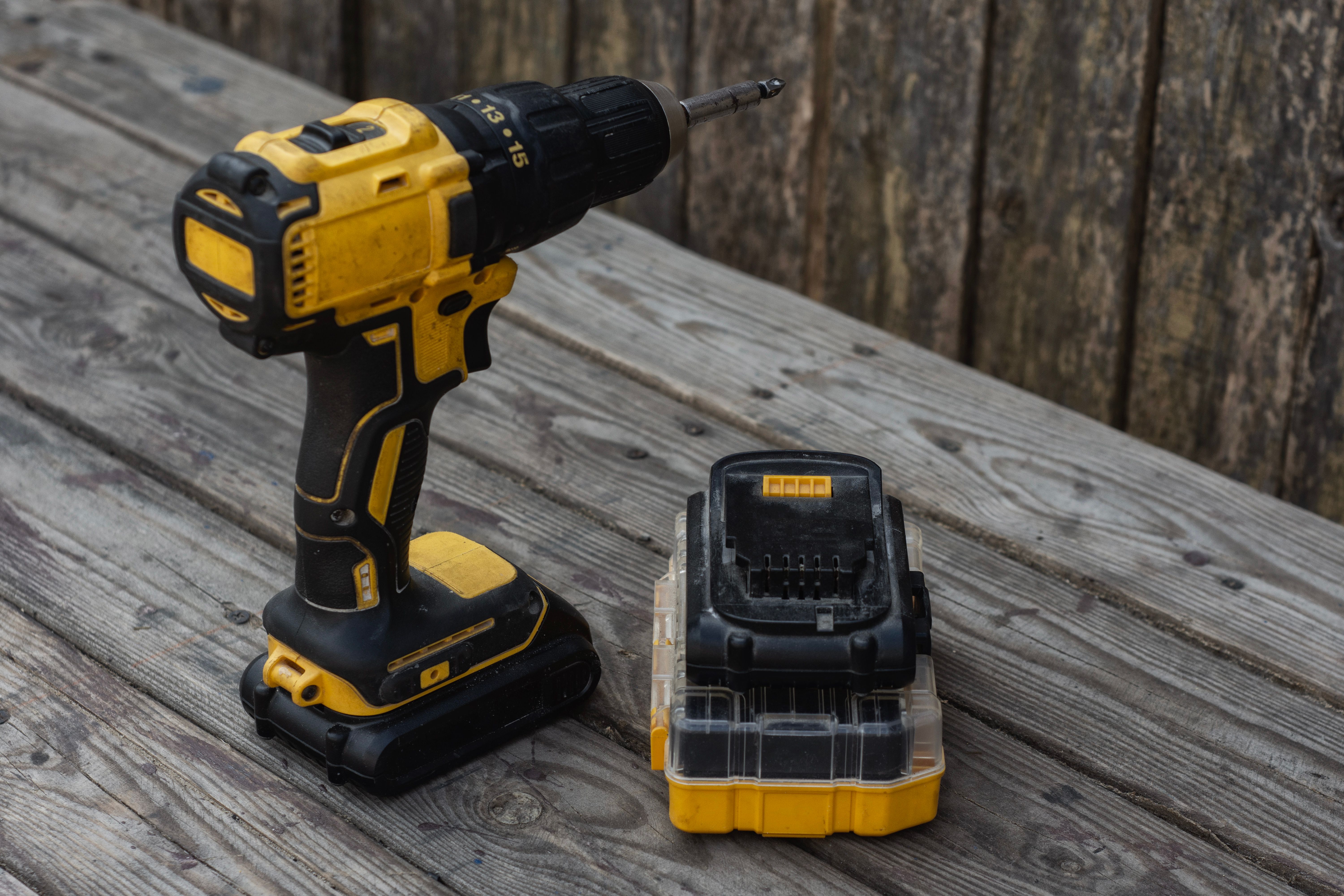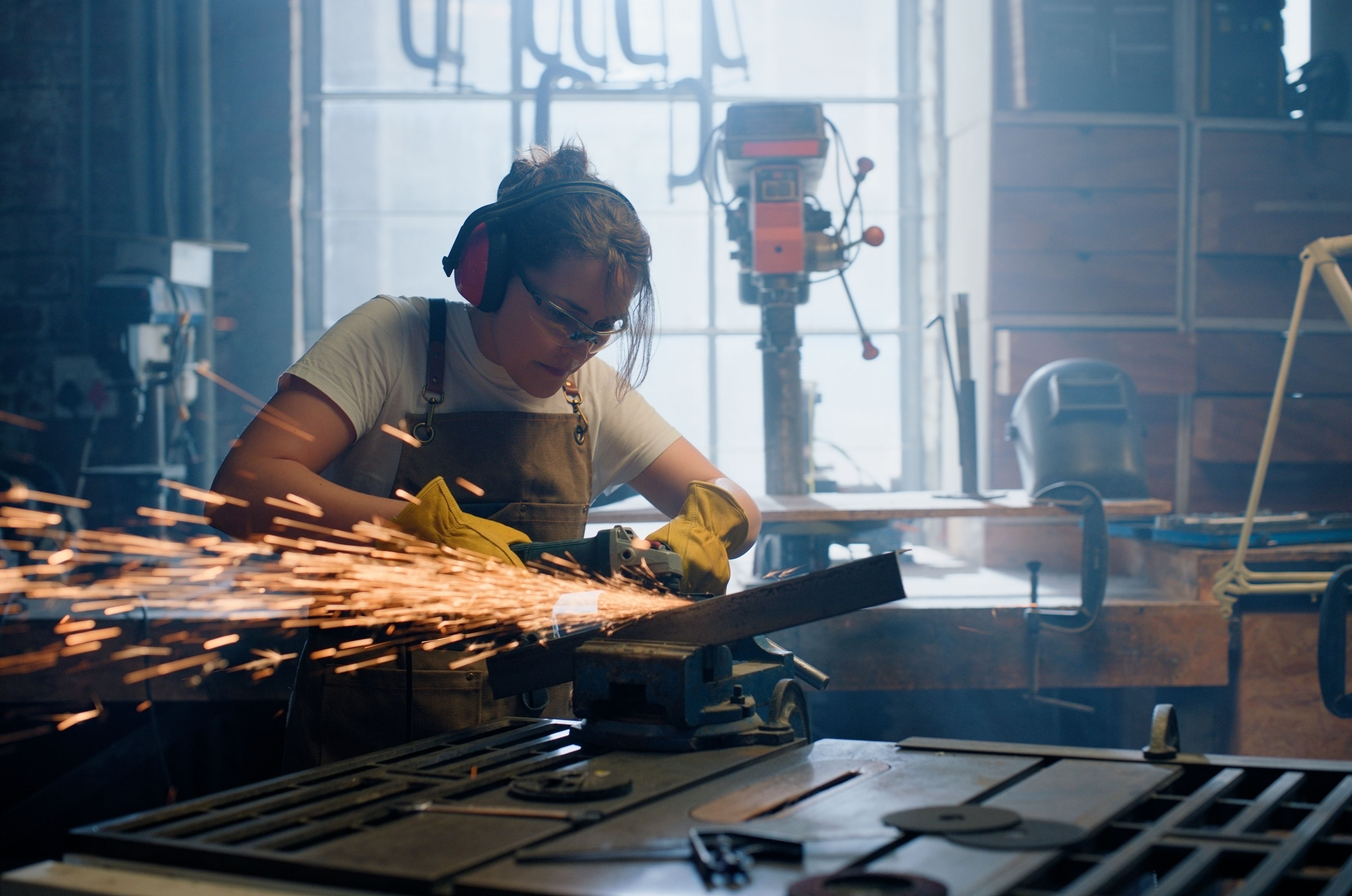Selecting the Right Annular Cutters for Steel Structures
RR
Understanding Annular Cutters
Annular cutters are essential tools for creating precise holes in steel structures. Unlike traditional twist drills, annular cutters remove only a small ring of material, resulting in cleaner and more efficient cuts. This efficiency makes them ideal for structural steel applications where precision is paramount.
Choosing the right annular cutter involves understanding the material you're working with and the specifications of your project. Steel structures often require durable and reliable tools that can handle the demands of heavy-duty drilling.

Material Considerations
The material of the annular cutter is a critical factor in its performance. High-speed steel (HSS) cutters are popular for general applications due to their toughness and affordability. For more challenging projects, cobalt or carbide-tipped cutters offer enhanced durability and heat resistance, making them suitable for harder steel alloys.
When selecting a cutter, consider the hardness of the steel. Using a cutter that matches the material's hardness ensures longevity and reduces wear. Cobalt and carbide-tipped options are excellent for high-strength steels.

Diameter and Depth
The diameter and depth of the hole you need to drill will determine the size of the annular cutter. These tools come in various diameters, typically ranging from 12mm to 150mm. Choose a diameter that matches your project's requirements to avoid unnecessary material removal and ensure a snug fit for bolts or fasteners.
Similarly, the depth of the hole is crucial. Annular cutters are available in different depth capacities, commonly ranging from 25mm to 100mm. Ensure you select a cutter that can achieve the required depth without compromising on efficiency.

Shank Type and Compatibility
The shank type of an annular cutter determines its compatibility with your drilling equipment. Most cutters come with a Weldon shank, known for its secure fit and ease of use. It’s important to verify that your magnetic drill or other equipment supports this shank type for seamless operation.
Another consideration is whether the cutter is compatible with pilot pins. These pins help center the cutter, providing stability during drilling and reducing the risk of wandering, particularly important when precision is key.
Coating and Features
Coatings such as TiN (Titanium Nitride) or TiALN (Titanium Aluminum Nitride) can enhance an annular cutter's performance by reducing friction and heat buildup. These coatings are particularly beneficial in high-speed operations, prolonging the tool's lifespan.
Some advanced features include coolant-fed systems that allow lubrication directly to the cutting edge, reducing heat and facilitating smoother cuts. Investing in cutters with these features can improve efficiency and extend tool life.

Maintenance and Storage
Proper maintenance and storage are essential to maximizing the lifespan of annular cutters. Regularly inspect them for wear and clean them after each use to prevent corrosion. Storing them in a dry place, preferably in a case, can help maintain their condition for future projects.
By following these guidelines, you can ensure that your annular cutters remain in top condition, ready for any steel structure project that comes your way.